One thousand three hundred and sixty-six. That’s how long Russia and Ukraine have been fighting with no end in sight… until now.
The Trump administration along with Russian officials have drafted a new a plan to end the war in Ukraine even as Russian drones continue to plunge the tiny nation into frigid blackouts.
Reacting to Trump’s 28-point peace plan, Ukraine President Volodymyr Zelenskyy said that he would engage “constructively, honestly and operationally” on it. His remarks came after a meeting with the US Army secretary, Dan Driscoll, whom the Trump administration had sent to Ukraine to help restart peace talks. Zelenskyy said American and Ukrainian teams would begin work on what he described as the “points of the plan to end the war,” without elaborating on what those were.
But what’s in the 28-point peace plan in Ukraine? Is it going to be enough to bring peace to the region?
Who has drafted the 28-point peace plan for Ukraine?
The plan to bring an end to the Russia-Ukraine war has reportedly been drafted by Russian and US officials, namely Steve Witkoff, the US’s special envoy, and Kirill Dmitriev, the head of Russia’s sovereign wealth fund.
News outlet Axios reports that Witkoff had sought inputs for the plan from Secretary of State Marco Rubio and US President Donald Trump’s son-in-law Jared Kushner.
The plan was reportedly agreed upon during three days of talks between Witkoff and Dmitriev at the end of October, with The Times reporting that Dmitriev said he was optimistic about it because “we feel that Russia’s position is really being heard”.
It’s not yet clear if the 28-point plan is the final deal. While Zelenskyy has said that he has received one version of it, White House Press Secretary in a Thursday afternoon briefing noted that it remained “in flux”. Moreover, US officials said that plan was still being worked on, and that any final agreement would require concessions from both sides, not just Ukraine.
What are the terms laid out in Trump’s 28-point plan?
The 28-point plan presented to Zelenskyy on Thursday is quite an extensive one and looks to end the war with both sides needing to make concessions.
These are the exact terms laid out in the plan presented to Zelenskyy.
1. Ukraine’s sovereignty will be confirmed.
2. A comprehensive non-aggression agreement will be concluded between Russia, Ukraine and Europe. All ambiguities of the last 30 years will be considered settled.
3. It is expected that Russia will not invade neighbouring countries and Nato will not expand further.
4. A dialogue will be held between Russia and Nato, mediated by the United States, to resolve all security issues and create conditions for de-escalation in order to ensure global security and increase opportunities for cooperation and future economic development.
5. Ukraine will receive reliable security guarantees.
6. The size of the Ukrainian Armed Forces will be limited to 600,000 personnel.
7. Ukraine agrees to enshrine in its constitution that it will not join Nato, and Nato agrees to include in its statutes a provision that Ukraine will not be admitted in the future.
8. Nato agrees not to station troops in Ukraine.
9. European fighter jets will be stationed in Poland.
10. The US guarantee:
— The US will receive compensation for the guarantee;
— If Ukraine invades Russia, it will lose the guarantee;
— If Russia invades Ukraine, in addition to a decisive coordinated military response, all global sanctions will be reinstated, recognition of the new territory and all other benefits of this deal will be revoked;
— If Ukraine launches a missile at Moscow or St. Petersburg without cause, the security guarantee will be deemed invalid.
11. Ukraine is eligible for EU membership and will receive short-term preferential access to the European market while this issue is being considered.
12. A powerful global package of measures to rebuild Ukraine, including but not limited to:
— The creation of a Ukraine Development Fund to invest in fast-growing industries, including technology, data centres, and artificial intelligence.
— The United States will cooperate with Ukraine to jointly rebuild, develop, modernise, and operate Ukraine’s gas infrastructure, including pipelines and storage facilities.
— Joint efforts to rehabilitate war-affected areas for the restoration, reconstruction and modernisation of cities and residential areas.
— Infrastructure development.
— Extraction of minerals and natural resources.
— The World Bank will develop a special financing package to accelerate these efforts.
13. Russia will be reintegrated into the global economy:
— The lifting of sanctions will be discussed and agreed upon in stages and on a case-by-case basis.
— The United States will enter into a long-term economic cooperation agreement for mutual development in the areas of energy, natural resources, infrastructure, artificial intelligence, data centres, rare earth metal extraction projects in the Arctic, and other mutually beneficial corporate opportunities.
— Russia will be invited to rejoin the G7, making it the G8.
14. Frozen funds will be used as follows:
— $100 billion in frozen Russian assets will be invested in US-led efforts to rebuild and invest in Ukraine;
— The US will receive 50 per cent of the profits from this venture. Europe will add $100 billion to increase the amount of investment available for Ukraine’s reconstruction. Frozen European funds will be unfrozen. The remainder of the frozen Russian funds will be invested in a separate US-Russian investment vehicle that will implement joint projects in specific areas. This fund will be aimed at strengthening relations and increasing common interests to create a strong incentive not to return to conflict.
15. A joint American-Russian working group on security issues will be established to promote and ensure compliance with all provisions of this agreement.
16. Russia will enshrine in law its policy of non-aggression towards Europe and Ukraine.
17. The United States and Russia will agree to extend the validity of treaties on the non-proliferation and control of nuclear weapons, including the START I Treaty.
18. Ukraine agrees to be a non-nuclear state in accordance with the Treaty on the Non-Proliferation of Nuclear Weapons.
19. The Zaporizhzhia Nuclear Power Plant will be launched under the supervision of the IAEA, and the electricity produced will be distributed equally between Russia and Ukraine — 50:50.
20. Both countries undertake to implement educational programs in schools and society aimed at promoting understanding and tolerance of different cultures and eliminating racism and prejudice:
— Ukraine will adopt EU rules on religious tolerance and the protection of linguistic minorities.
— Both countries will agree to abolish all discriminatory measures and guarantee the rights of Ukrainian and Russian media and education.
— All Nazi ideology and activities must be rejected and prohibited.
21. Territories:
— Crimea, Luhansk and Donetsk will be recognised as de facto Russian, including by the United States.
— Kherson and Zaporizhzhia will be frozen along the line of contact, which will mean de facto recognition along the line of contact.
— Russia will relinquish other agreed territories it controls outside the five regions.
— Ukrainian forces will withdraw from the part of Donetsk Oblast that they currently control, and this withdrawal zone will be considered a neutral demilitarised buffer zone, internationally recognised as territory belonging to the Russian Federation. Russian forces will not enter this demilitarised zone.
22. After agreeing on future territorial arrangements, both the Russian Federation and Ukraine undertake not to change these arrangements by force. Any security guarantees will not apply in the event of a breach of this commitment.
23. Russia will not prevent Ukraine from using the Dnieper River for commercial activities, and agreements will be reached on the free transport of grain across the Black Sea.
24. A humanitarian committee will be established to resolve outstanding issues:
— All remaining prisoners and bodies will be exchanged on an ‘all for all’ basis.
— All civilian detainees and hostages will be returned, including children.
— A family reunification program will be implemented.
— Measures will be taken to alleviate the suffering of the victims of the conflict.
25. Ukraine will hold elections in 100 days.
26. All parties involved in this conflict will receive full amnesty for their actions during the war and agree not to make any claims or consider any complaints in the future.
27. This agreement will be legally binding. Its implementation will be monitored and guaranteed by the Peace Council, headed by President Donald J Trump. Sanctions will be imposed for violations.
28. Once all parties agree to this memorandum, the ceasefire will take effect immediately after both sides retreat to agreed points to begin implementation of the agreement.
What does this plan mean for Russia and Ukraine?
At first glance, the 28-point peace plan seems more favourable to Russia. In fact, The Times reports “If President Putin had a Christmas wish list, it would probably look something like the peace plan for Ukraine that was drafted by US and Russian officials in balmy Florida, far from the grinding front lines.”
The plan is more extracting on Ukraine, as it demands that it cede hard-fought land to Moscow, partially disarm and surrender its stocks of US weapons. Moreover, Putin stands to gain ground he has been unable to win on the battlefield. That’s because the 28-point plan calls for Donbas region to be handed to Moscow even though Kyiv controls 14 per cent of it.
Analysts have estimated that if the current situation is to be considered Russia would take another four years to take the land that the plan is now proposing to hand over to Moscow. A win-win, wouldn’t you say?
Kyiv would also not be able to realise its dream of joining the Western military alliance of Nato — one of the core reasons why this war began in the first place.
The 28-point plan also provides Putin recognition on the global stage by adding Russia to the G7, making it the G8. Notably, Moscow was part of the G8 until 2014 when it was suspended for its annexation of Crimea, a strategically important peninsula on the northern coast of the Black Sea that is internationally recognised as part of Ukraine.
There is also mention of what role would the US play in case of Russian incursions into Ukraine once the deal is signed. The document as of now simply states that there would be a “decisive coordinated military response” in the event of further Russian incursions onto Ukrainian territory.
Kaja Kallas, the European Union’s top diplomat, reacting to Trump’s peace plan, noted: “The pressure must be on the aggressor, not on the victim. Rewarding aggression will only invite more of it.”
She further noted, “We haven’t heard of any concessions on the Russian side.”
Others also agree that Trump’s 28-point plan rewards Putin’s aggression and emboldens him to strike elsewhere in Europe. Danylo Metelskyi, the director of the Center of Social Transformations, a nongovernmental organization based in Kyiv, told NBC News, “The reported terms of Trump’s plan create an extremely dangerous international precedent. If territories seized by force remain under the control of the aggressor state, it undermines the entire postwar global order.”
When asked if the plan was heavily tilted in favour of Moscow, White House Press Secretary Karoline Leavitt rejected it, saying the administration had “talked equally with both sides” to create it.
“It’s a good plan for both Russia and Ukraine, and we believe that it should be acceptable to both sides, and we’re working very hard to get it done,” she said.
What’s Zelenskyy reaction to the 28-point plan?
Meanwhile, on receiving the 28-point plan, Ukrainian President Zelenskyy has said that he will negotiate with Donald Trump on the matter, adding that he would speak to his US counterpart in the coming days about “existing diplomatic opportunities and the main points that are necessary for peace”.
In his nightly video address, Zelenskyy said Ukraine would do nothing to disrupt any diplomatic efforts. “Ukraine needs peace and Ukraine will do everything so that no one in the world can say we are upending diplomacy. This is important,” Zelenskyy said, adding that Ukraine would issue no “rash” statements.
The American side presented points of a plan to end the war—their vision. I outlined our key principles. We agreed that our teams will work on the points to ensure it’s all genuine.
— Volodymyr Zelenskyy / Володимир Зеленський (@ZelenskyyUa) November 20, 2025
We're geared up for clear and honest work—Ukraine, the U.S., our European and global partners. pic.twitter.com/DscaCBg4vW
“The number one task for everyone is a constructive diplomatic process with America and all our partners. It is vital to have stable support for our army and all our planned defence operations and deep strikes.”
The cautious response from Ukraine’s presidential administration followed angry denouncements of the plan by some Ukrainian officials who called it “absurd” and unacceptable. In fact, some had even noted that the proposal was the effective end of its existence as an independent country.
While Zelenskyy may appear to be ready to negotiate, many worry that the Ukrainian president will eventually capitulate to Trump and the 28-point peace plan owing to the pressure he faces as a result of the $100 million corruption scandal, implicating one of his close associates, senior government officials and the country’s vital state-run energy company.
The plan comes at a time when Russia has increased its systematic attacks on Ukraine’s energy infrastructure, plunging much of the country into darkness. On Wednesday it bombed several western cities, including Ternopil, where 26 people, including three children, were killed in their homes.
With inputs from agencies


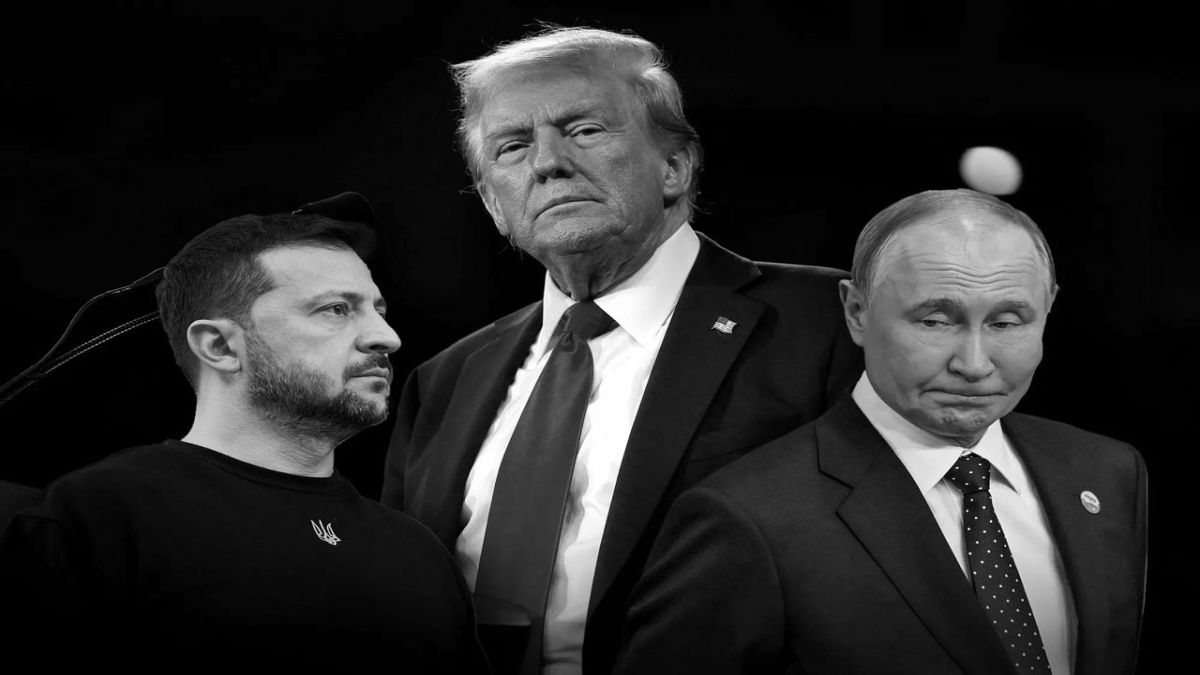)

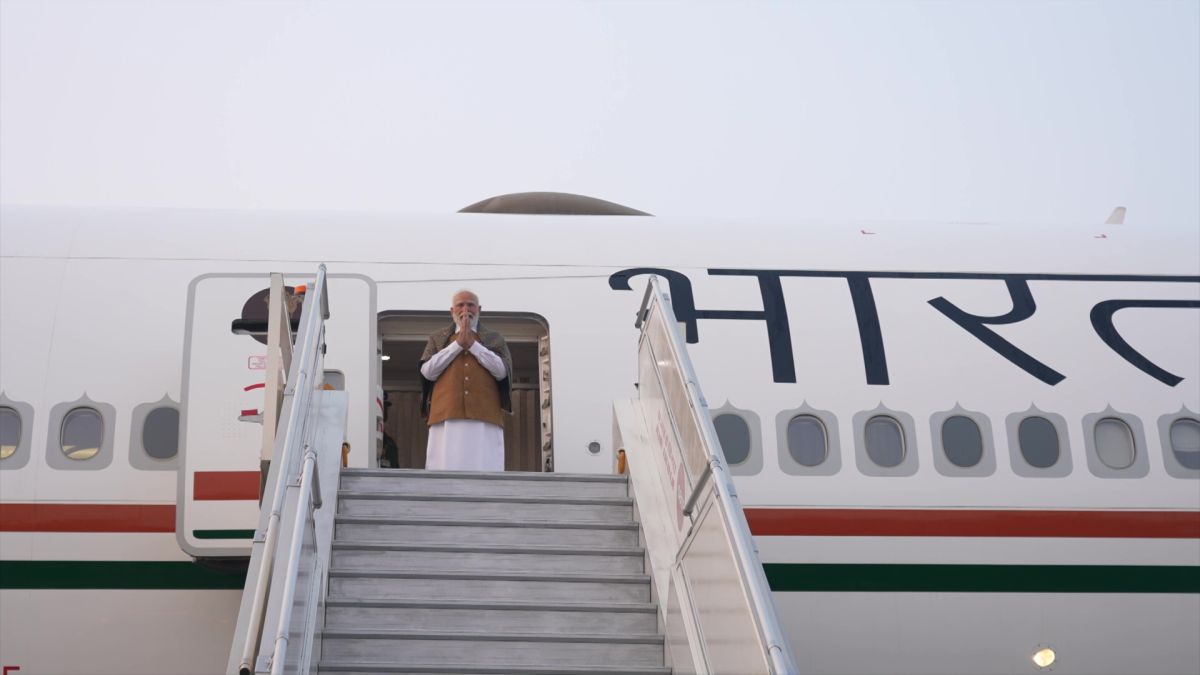)
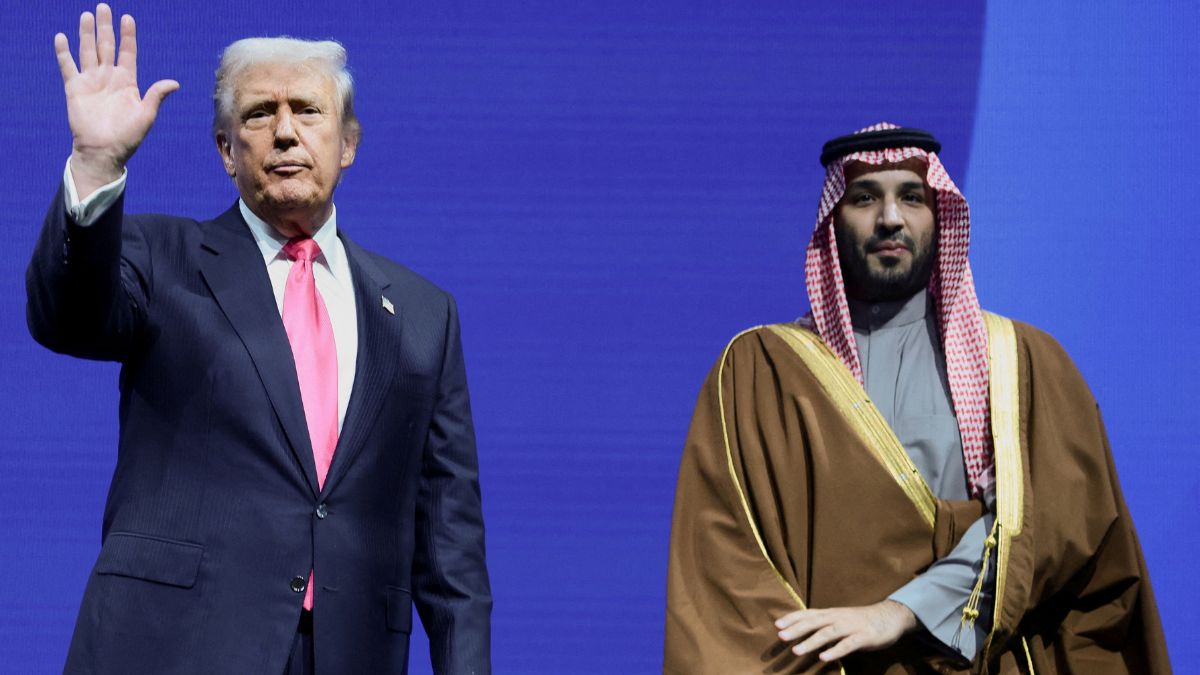)
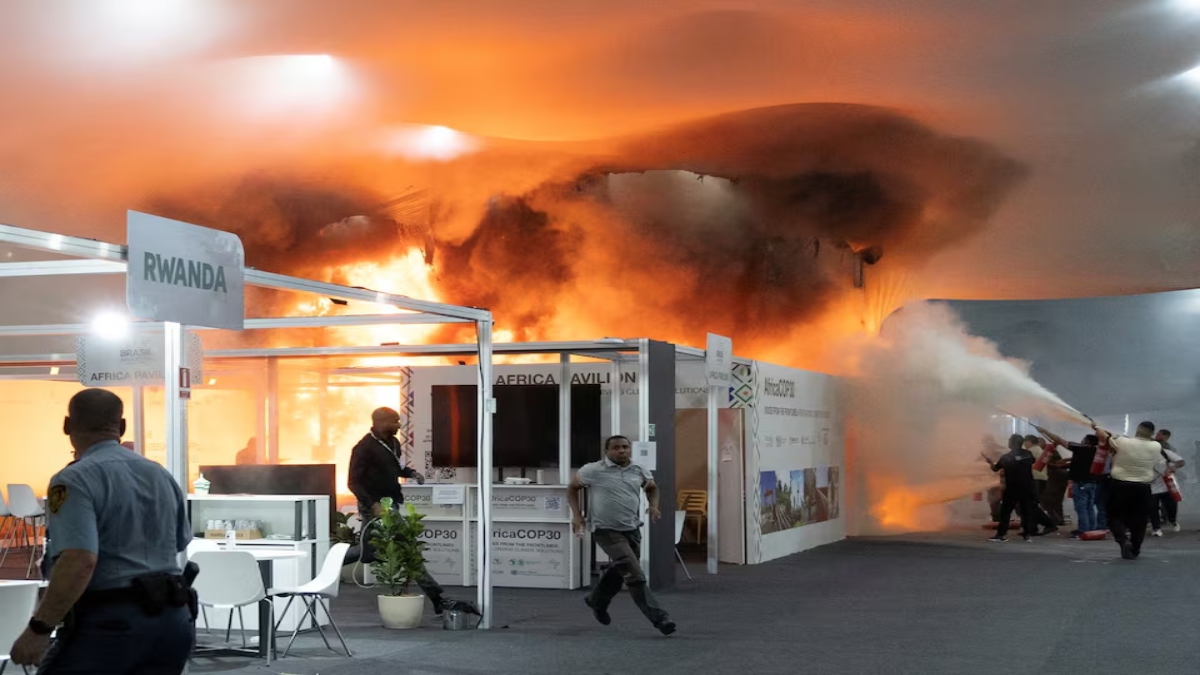)
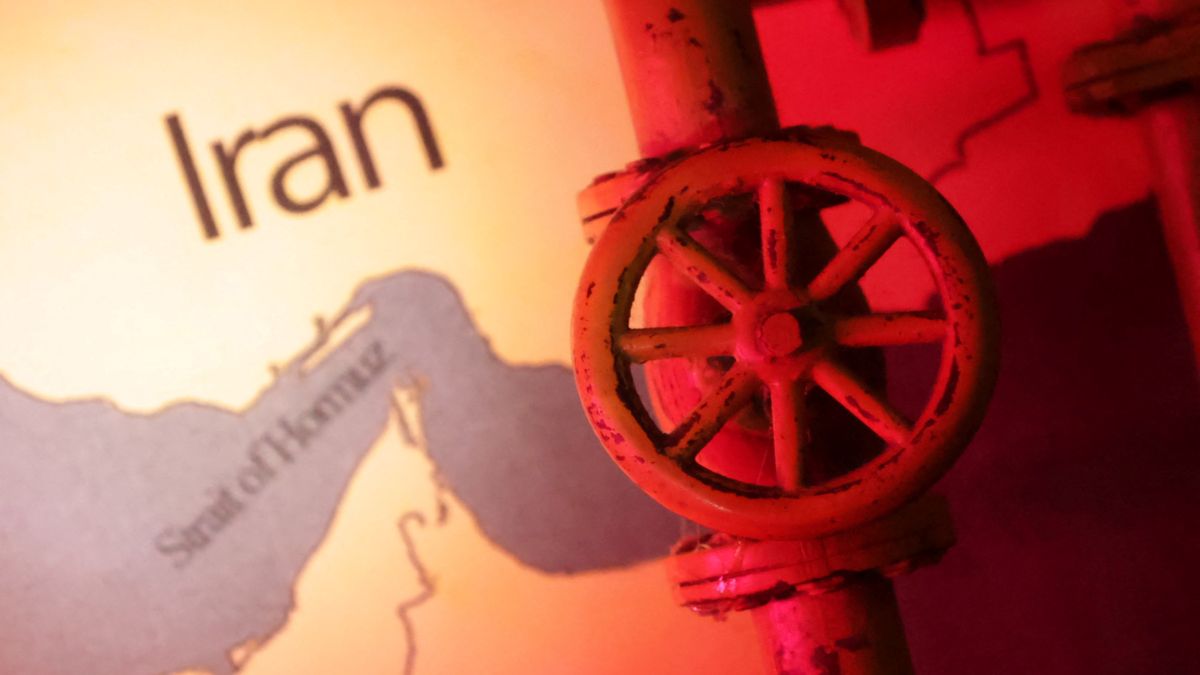)
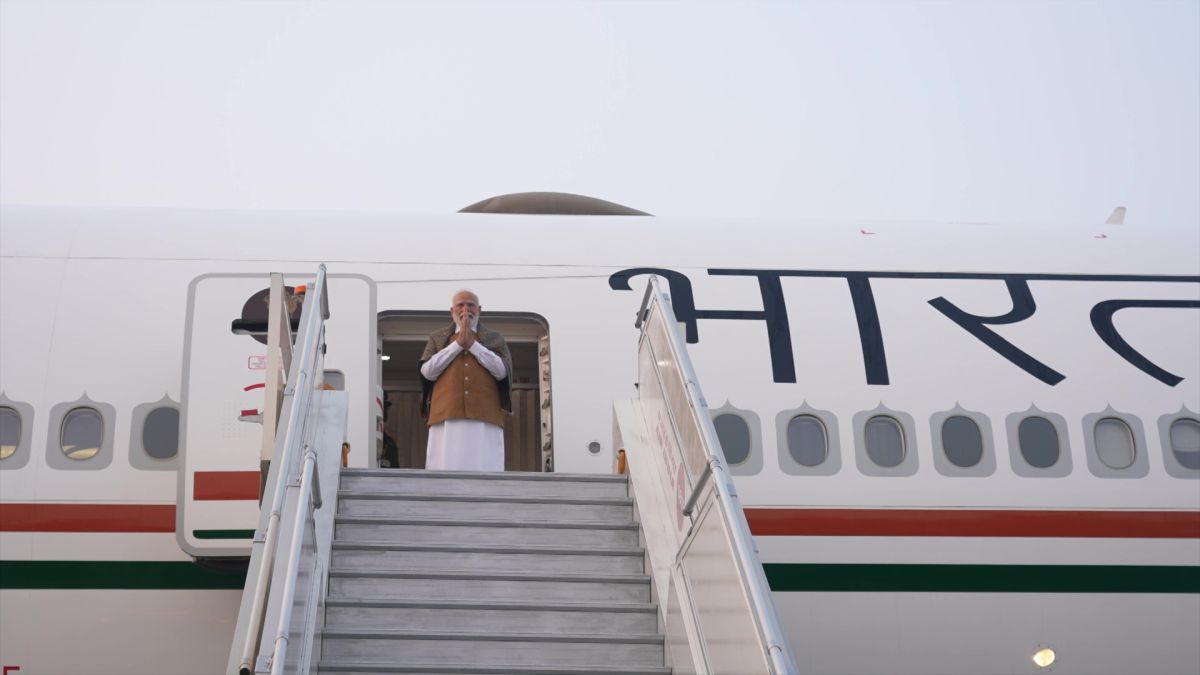)
)
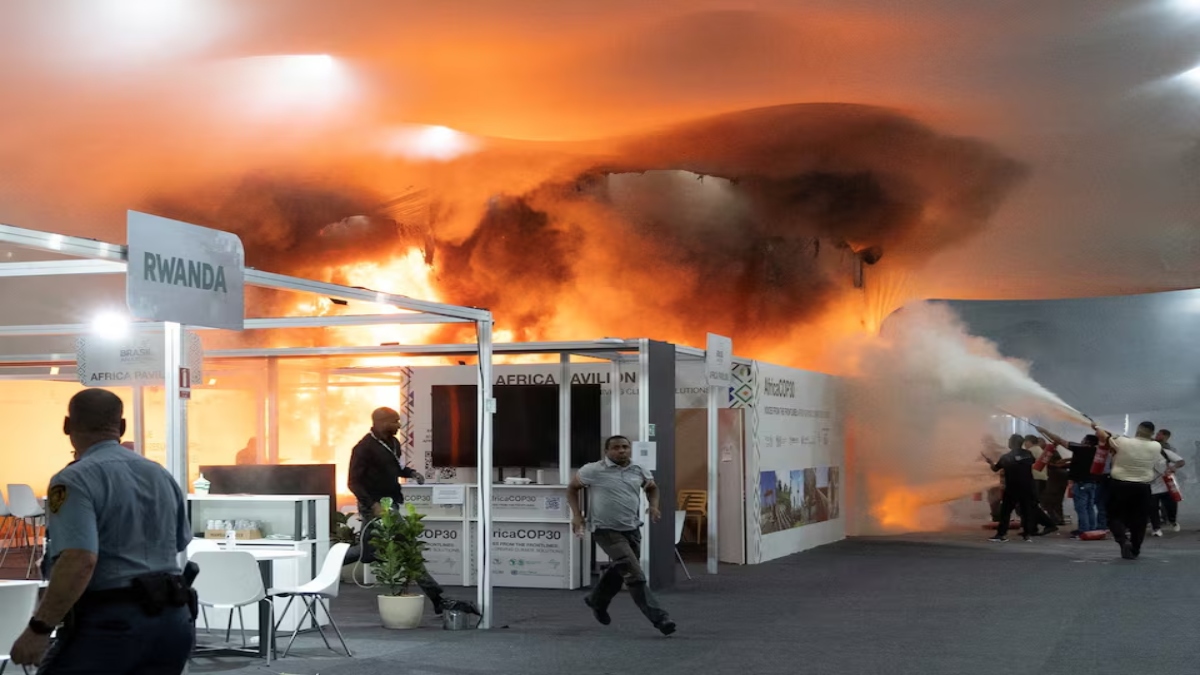)
)



